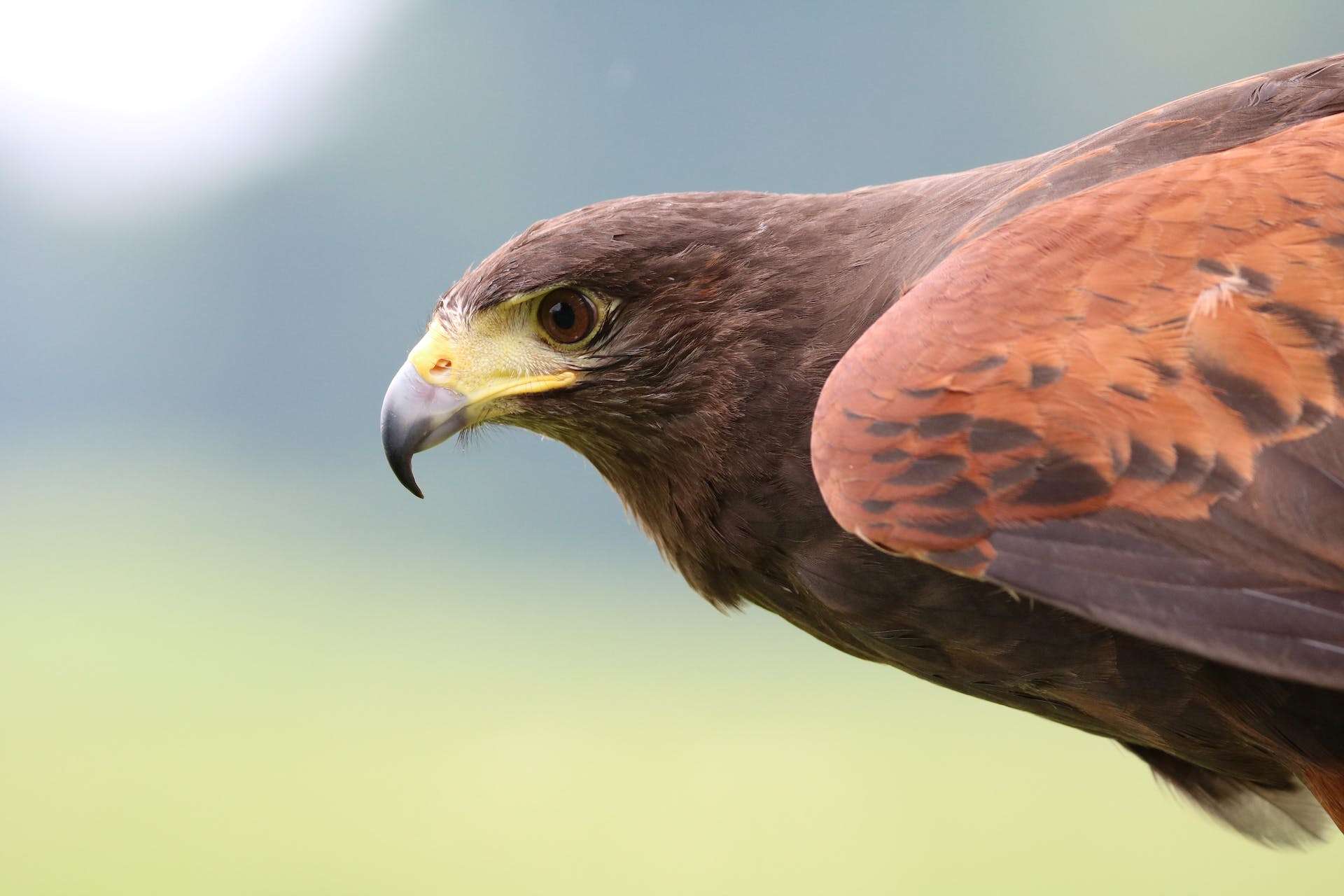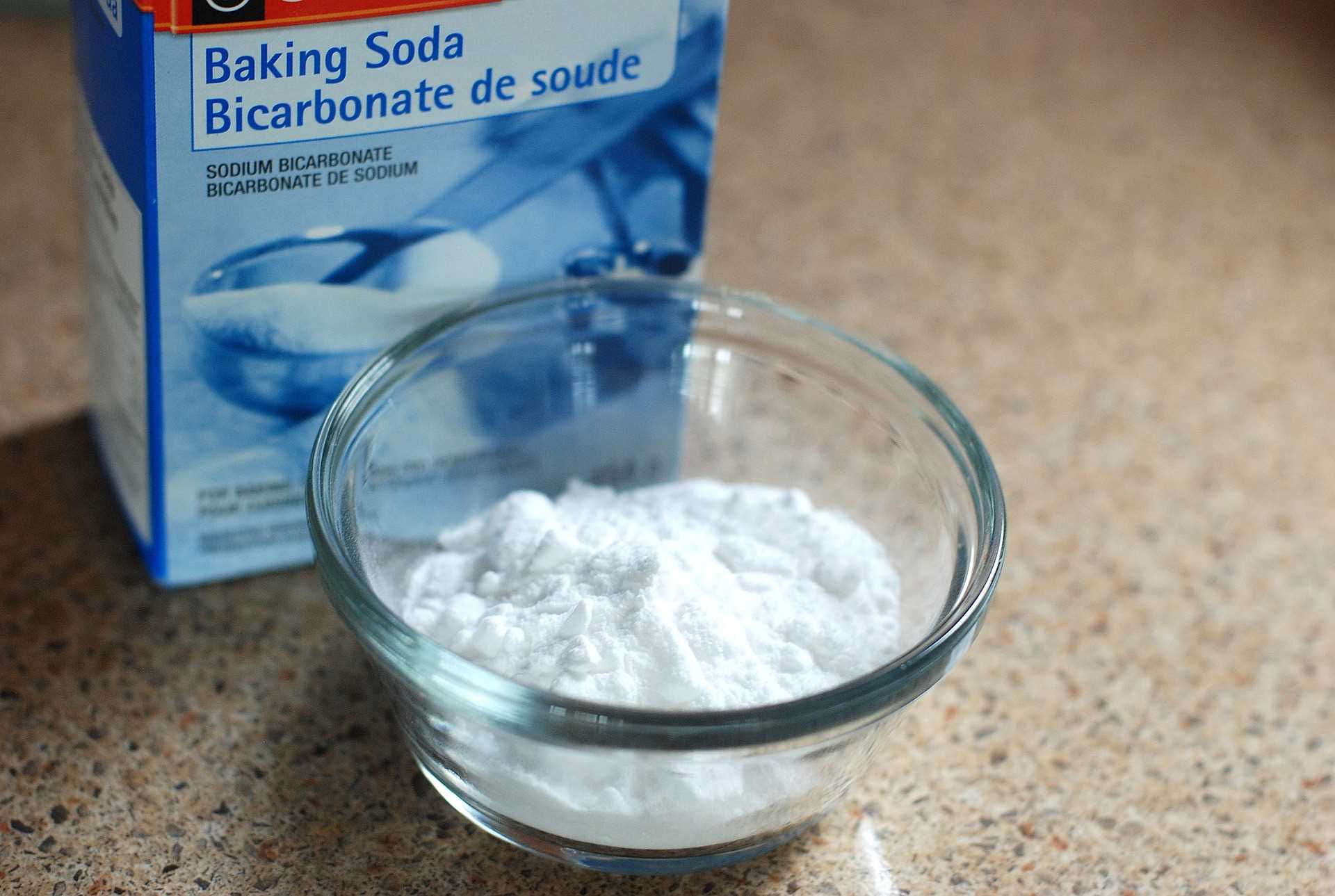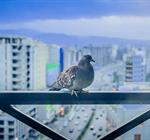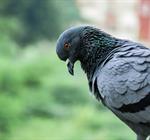
11 Dec 2023 | Apex Environmental Services (UK) Ltd
DIY Bird Control: Effective Strategies for Homeowners
If you’re dealing with pests around your home - in particular those of the avian nature - it’s a good idea to get a handle on the problem right away. Letting birds nest around your property isn’t just a health hazard, but long-term nesting can actually cause structural damage to your home - not to mention the unsightly guano! In the following article, we’re going to take a look at some DIY bird control methods, as well as some effective professional methods that can keep your property and the gardens surrounding it clean and bird-free. Let’s take a look.
Why is Bird Control Important?
As we mentioned above in the introduction, adequate and effective bird control is important for three key reasons: cleanliness, hygiene and protecting the integrity of your property:
Cleanliness
Birds, particularly when in large numbers, can leave behind a significant amount of droppings, also known in the bird control industry as ‘guano’. Guano isn’t just unsightly but can also lead to stubborn stains on buildings, vehicles, and outdoor furniture. Regularly cleaning up after birds is a demanding task, and their presence can diminish the aesthetic appeal of your home environment.
Hygiene
The hygiene aspect of bird control also cant be overstressed; bird droppings and nesting materials are potential carriers of a range of pathogens that can pose health risks to humans. Diseases such as Histoplasmosis and Psittacosis are known to be transmitted through bird droppings, plus, the presence of birds can attract other pests like rats and insects, which bring their own set of health concerns.
Property Protection
Aside from health and hygiene concerns, having a bird problem can even result in costly damage to your home itself: birds nests can block gutters and downpipes and lead to water damage, the acidity in bird droppings can erode building materials like wood and paint over time, and the noise and activity of birds - especially early in the morning - can be a nuisance to both you and your neighbours.
DIY Solutions to Bird Problems

While there are a number of professional services - like anti bird netting systems, which work to cover the roofs and surfaces of your property to prevent birds from nesting - there are a number of DIY methods that you can try:
Make Your Garden Unwelcoming
If birds are settling around your property, there’s generally a good reason for them to do so, whether it be readily available food or easy nesting spots. So, the first step in deterring them from nesting in the first place is to make your garden as inhospitable and non-lucrative for them as possible: remove available food sources or nesting spots, keep your garden clean, and seal all your bins to get started.
Tin Foil
Tin foil - or aluminium foil - is another inexpensive and simple deterrent for birds, and works by using its reflective surface to disorient and deter these pests. You can try hanging strips of foil from trees or ledges where birds are prone to perch or nest, as the movement and reflection from the foil can effectively scare the birds away and keep them from settling in those areas. This method is particularly useful in gardens and on balconies, but you’ll need an effective adhesive to stop the foil from blowing away in the wind.
Baking Soda
Baking soda (or baking powder as we call it in the UK) can be another safe and non-toxic method to deter birds (plus, it costs almost nothing and you can pick it up on your next supermarket run!). To use baking powder, sprinkle it on places where birds typically perch or nest; this works as a deterrent due to its texture; the powder is uncomfortable on birds’ feet, and will discourage them from landing or walking on the treated surfaces.
Predator Decoys
Finally, using predator decoys is another effective DIY bird control method for your home and garden. While slightly more expensive than the other methods listed, models of predatory birds like owls or hawks can be placed around your property to create the illusion of a threat, and as birds are naturally afraid of these predators, they’ll be more likely to avoid areas where they perceive danger. That said, it's important to move these decoys regularly to maintain the illusion of a real threat, as birds may become accustomed to stationary decoys over time.


